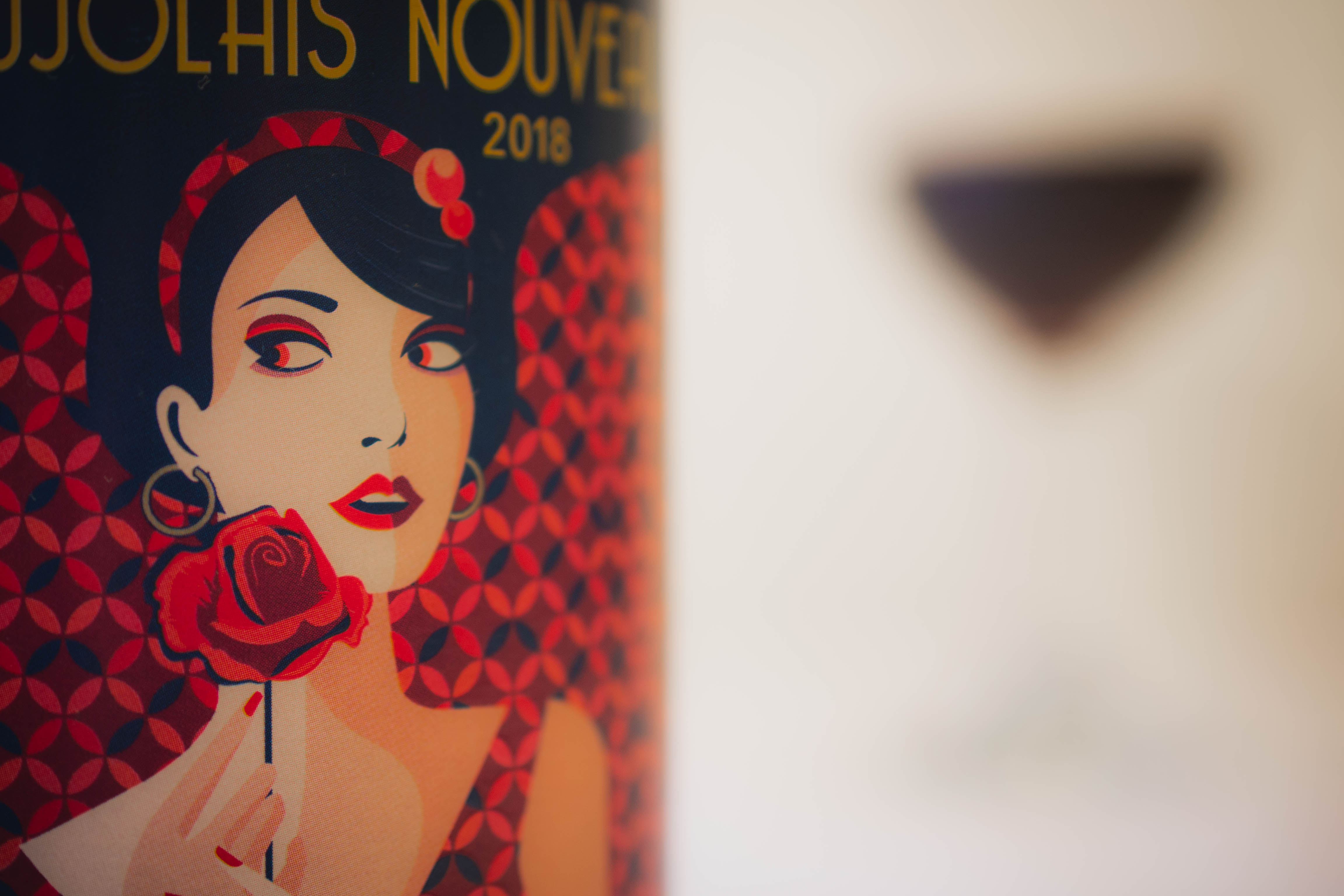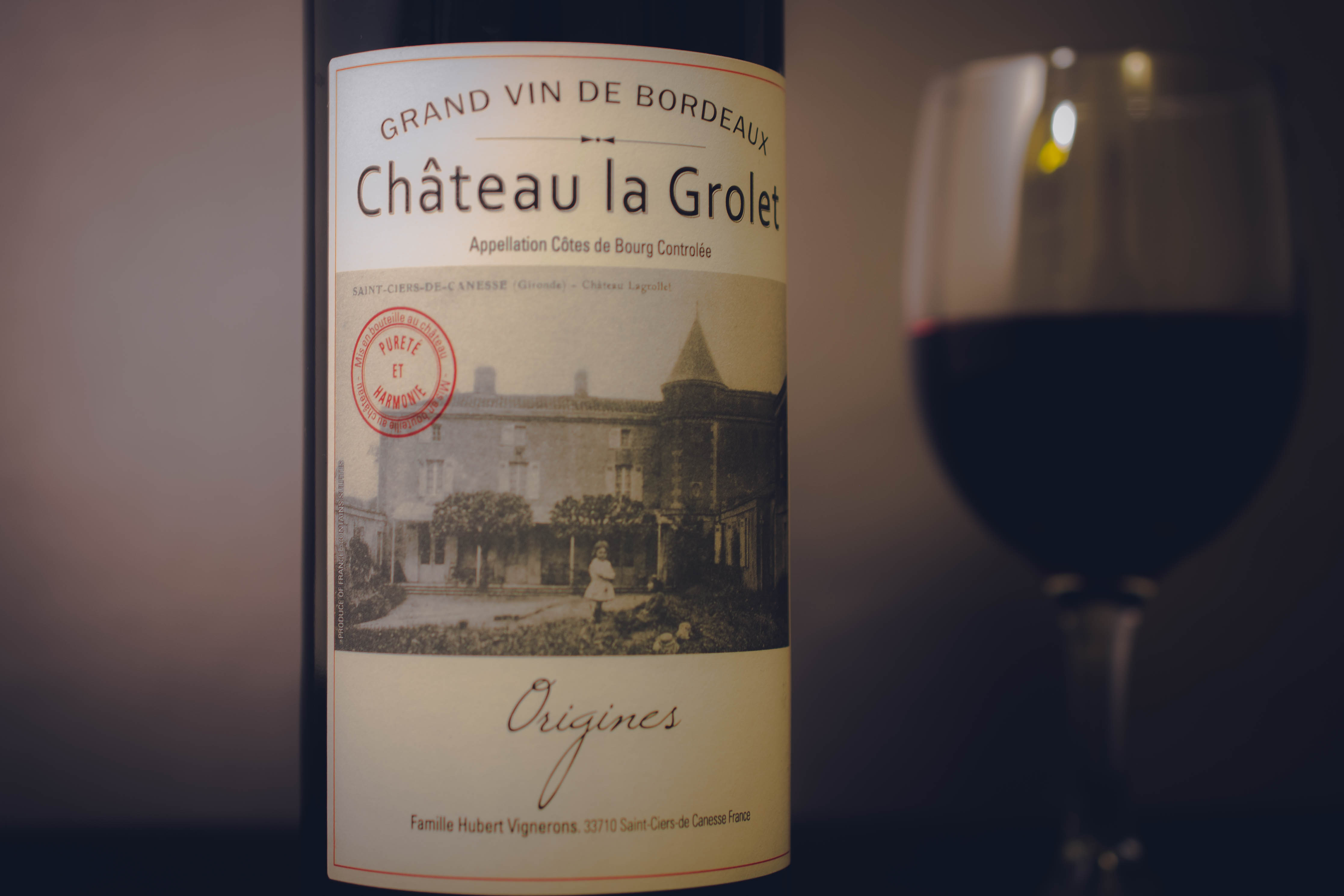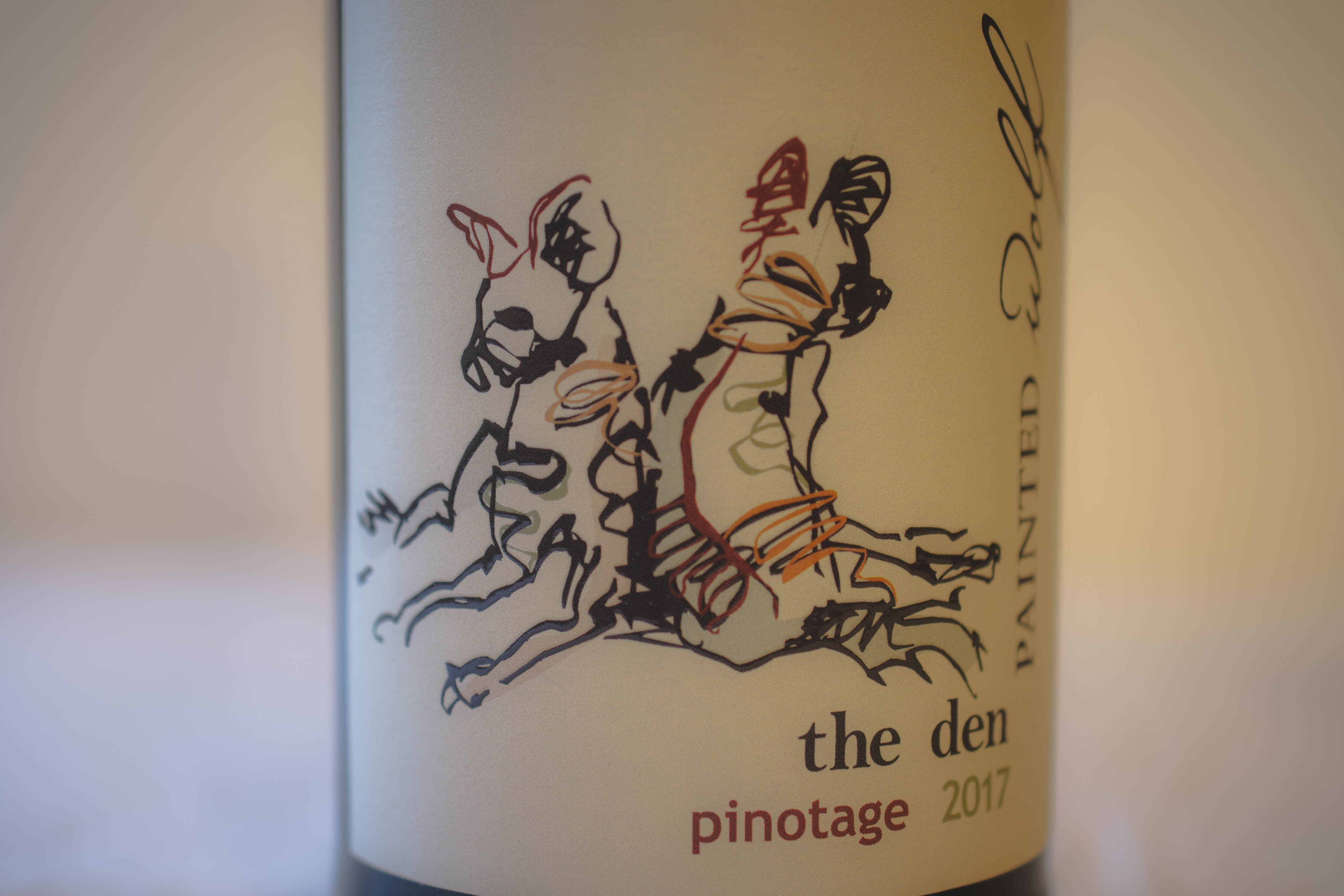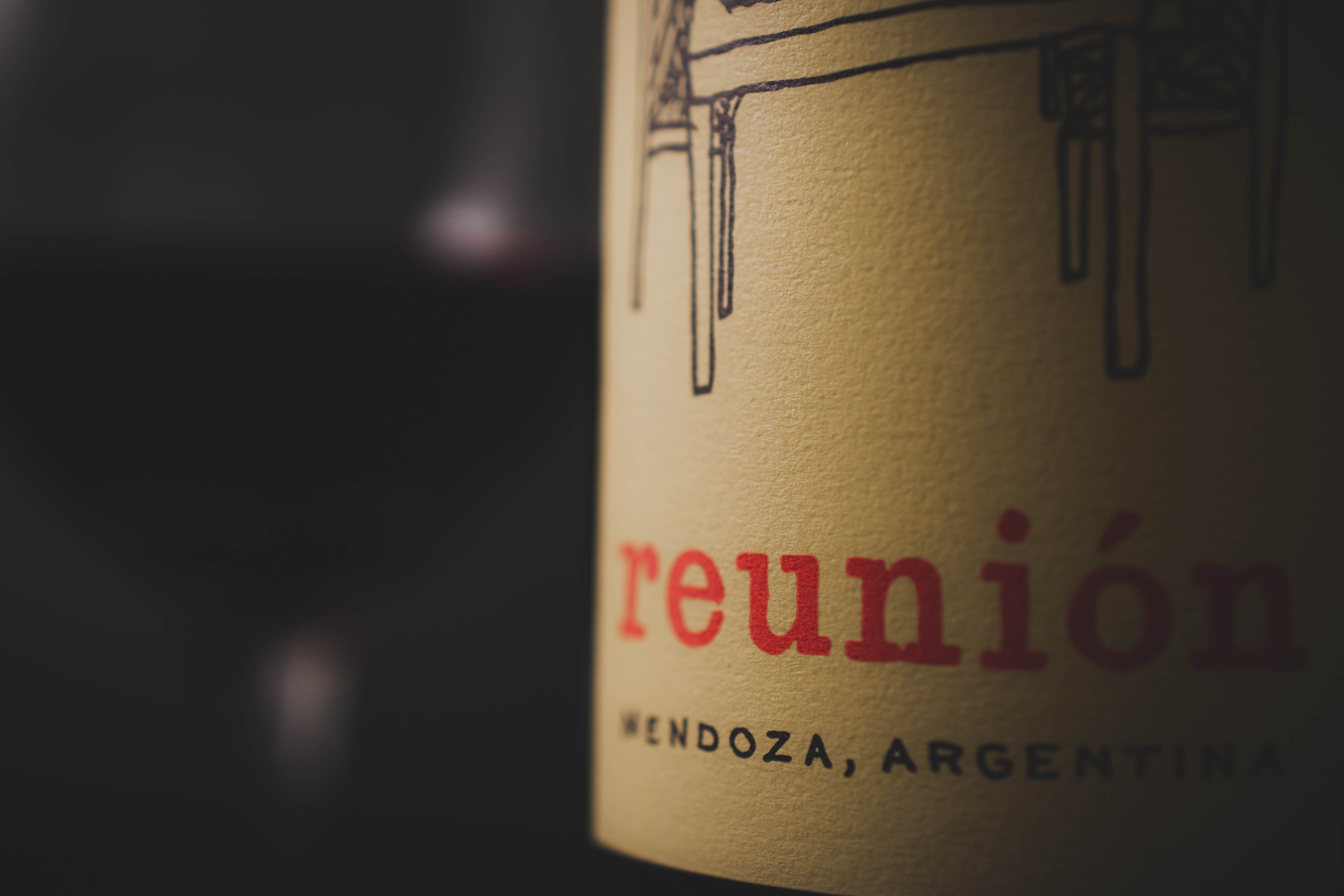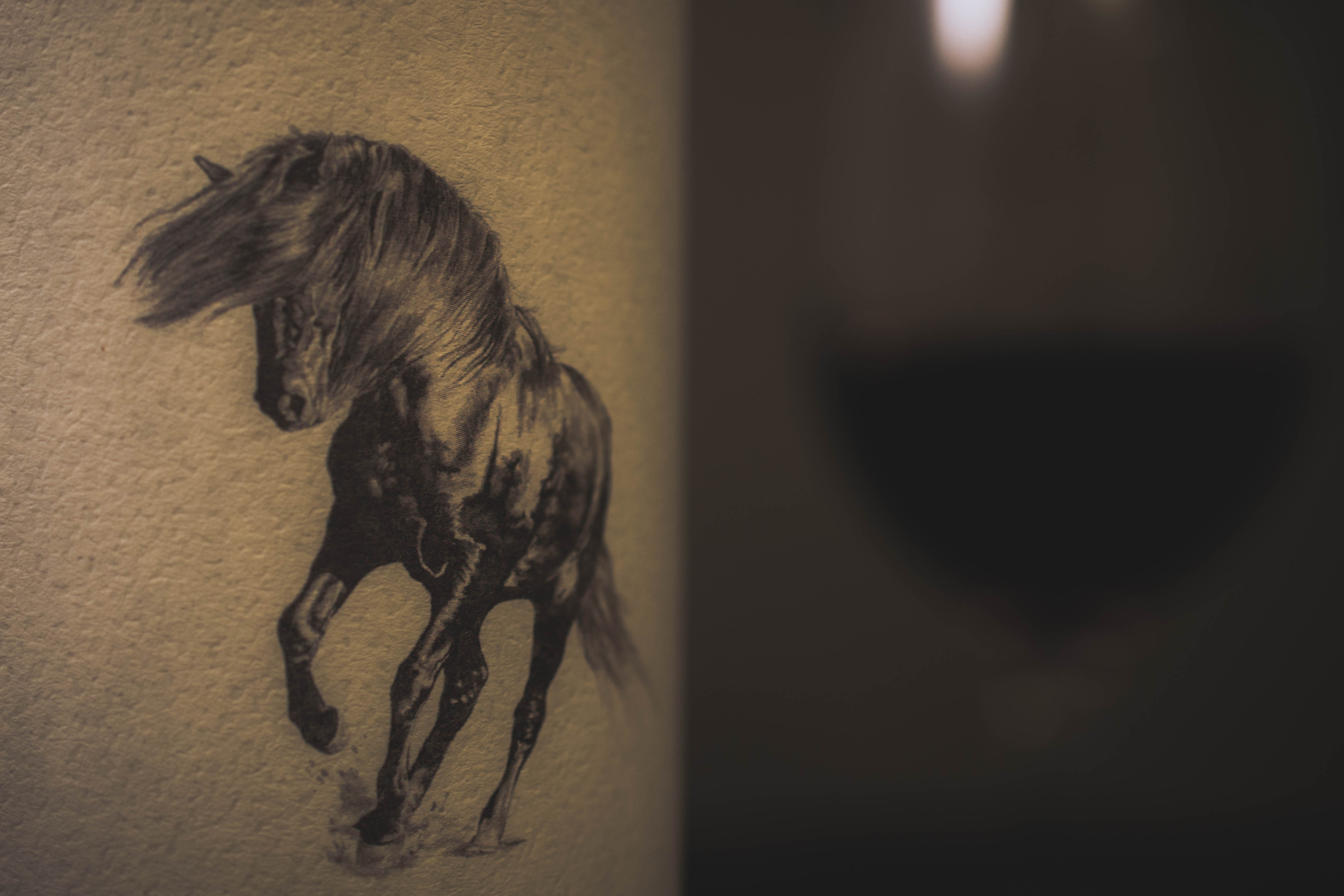The first time I tried Saperavi it was in a bottle shaped like a bear hugging a tree trunk. I knew I was rolling the dice when I bought it; there were wine stains on the outside that looked like they leaked from inside, and if wine can get out air can get in, but when was I going to have another chance to drink wine from a tree trunk that a bear was hugging?
As I suspected, it was oxidized, which was disappointing, because after reading up on the history of Saperavi and winemaking in Georgia, I really wanted to try it. This marked the beginning of my journey to find a good bottle of Saperavi wine. It’s been a long road and I’ve had a lot of bad luck with this grape, but here we are, I finally found a bottle worth talking about.

Unfortunately, there isn’t a lot of information out there about this wine. According to the bottle, “Friends’ Wine is hand made by three friends at Gio’s Marani, a small winery in the Kakheti region of Georgia.” However, the website for Gio’s Marani has no information about it and it isn’t listed among their wines. I suspect it’s made at the winery, but not by the winery. Curiously, the importer’s website also has no information and doesn’t include this label on the list of wines they carry. I was able to find a Facebook business page for the wine, but even that contains sparse information.
So, I don’t have a lot to work with for this blog. I don’t if the wine was made in Qvevri, steel tanks, or oak barrels, what kind of yeast they used, what kind of fining or filtering process they chose, or if the wine is biodynamic, natural, organic, or whatever. For all I know, holy virgins massaged the grapes as they were plucked from the vines, or maybe underpaid cyborg laborers on, the verge of revolution, were forced to work harvest under threat of violence toward their families. Beyond that it’s a Saperavi wine from the Kakheti region of the Republic of Georgia, I got nothing.
What I do know is how I felt about the wine. Like I said in the beginning, I’ve had a lot of bad luck with Saperavi. This grape has a funky, earthy, barnyard character that I didn’t fully appreciate when I first got into wine. I don’t think this is for everyone, in the same way that funky cheese isn’t for everyone, but for those who appreciate complexity and range of flavor, it can be divine. On the nose, I picked up a raspberry aroma intermingled with that previously mentioned funk, but the flavor fell more in the range of blackberry with an earthy, herbaceous, livestock on a warm summer day, quality that might sound unpleasant, but I genuinely enjoyed.

This isn’t a wine I would recommend for everyone, but for those who like earthy wines or just want to learn more about wine, this is a great bottle. I would be reluctant to bring this to most social situations with mixed company, but I think this would be the perfect wine to have with venison sausage, game meat, and cheese at a deer camp or a hunting lodge. It would make a nice alternative to the Ding Dongs, trail mix, and Michelob Ultra I had last time I was at the family hunting cabin.





